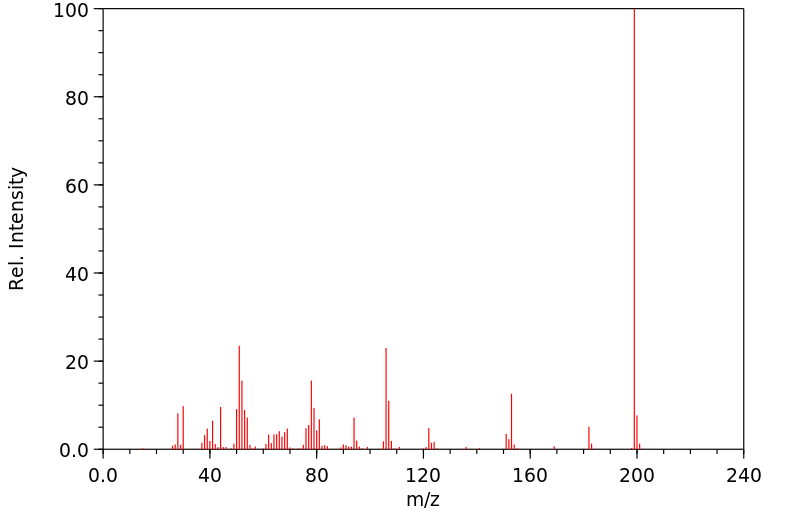代谢
A STRAIN OF P AERUGINOSA REDUCED 2,4,6-TRINITROPHENOL (PICRIC ACID) TO PICRAMIC ACID UNDER ANAEROBIC CONDITIONS.
来源:Hazardous Substances Data Bank (HSDB)







